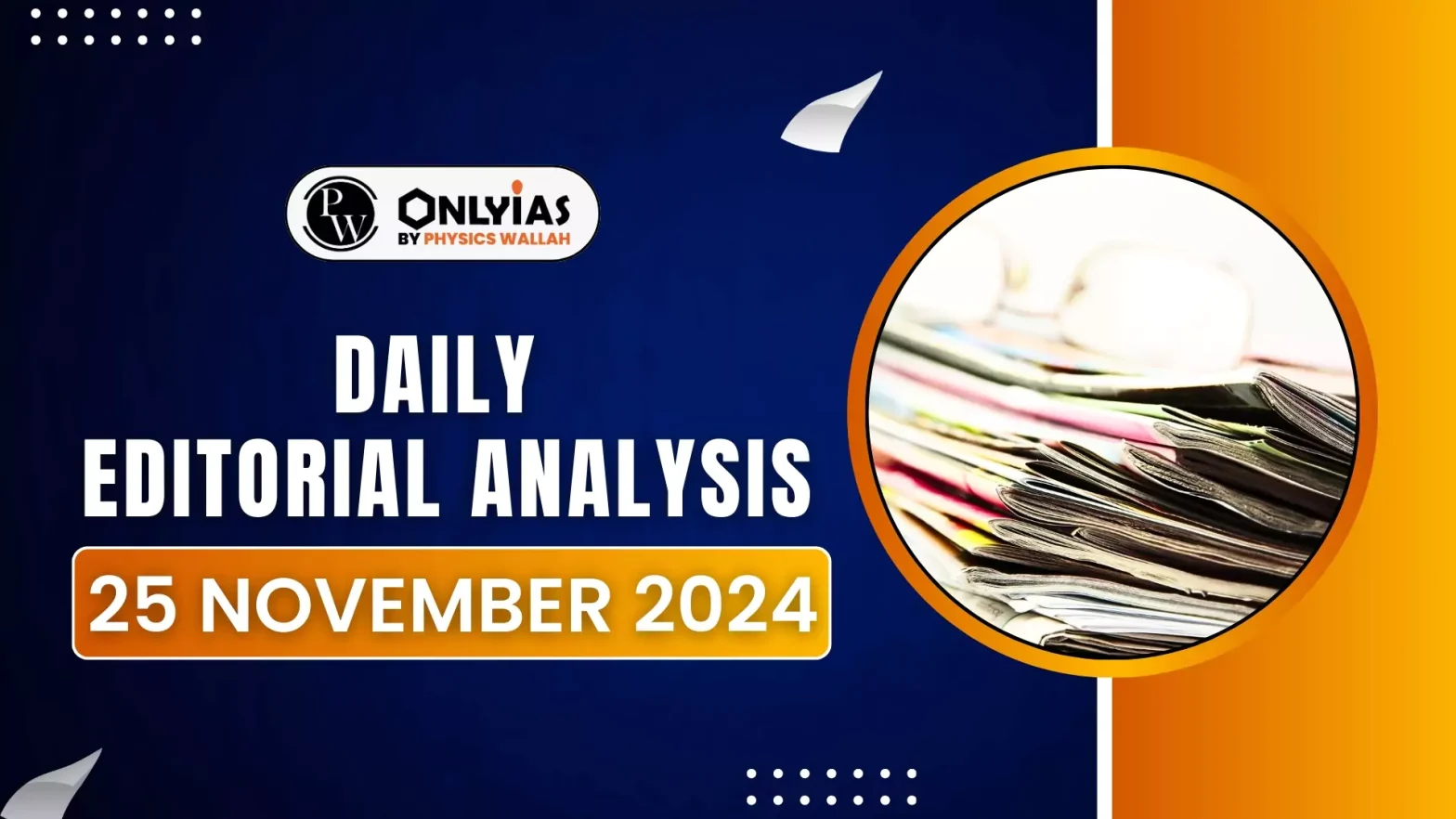As India’s urban population is projected to double from 400 million to 800 million in the next three decades, the demand for robust urban infrastructure is both urgent and critical. Effectively managing the associated challenges is key to ensuring sustainable and inclusive urban growth.
Challenges in Developing Urban Infrastructure at the Local Level
- Financial Shortfall: A recent World Bank report estimates that India will need approximately ₹70 lakh crore by 2036 to address its urban infrastructure demands.
- However, current government investment in this sector is only about ₹1.3 lakh crore annually, which is just over one-fourth of the required ₹4.6 lakh crore per year.
Enroll now for UPSC Online Classes
- Stagnant Municipal Finances
- Limited Revenue Generation: Municipal finances have remained stagnant at just 1% of GDP since 2002.
- Municipal bodies contribute only 45% of urban investments, with the remaining portion managed by parastatal agencies.
- Declining Self-Sufficiency: Despite an increase in central and state transfers (from 37% to 44%), municipalities’ financial health remains weak.
- Their share of own revenue sources has dropped from 51% to 43%, indicating a diminishing capacity for self-sufficiency.
- Slow Growth in Revenue: Between 2010 and 2018, tax revenue grew by only 8%, grants by 14%, and non-tax revenue(like parking fee) by 10.5%, which is inadequate to meet the rising demands of urban infrastructure.
- Inefficiencies in Revenue Collection
- Low Tax Collection: Many urban local bodies (ULBs) exhibit poor tax collection.
- For example, ULBs in Bengaluru and Jaipur collect only 5%-20% of their potential tax revenue.
- Nationally, property tax collection stands at just ₹25,000 crore, a mere 0.15% of GDP.
- Cost Recovery Gap: The gap between the costs of urban services and the revenues generated is stark, with cost recovery for services ranging from 20% to 50%, highlighting the inefficiency in funding urban services.
- Low Absorptive Capacity
- Unspent Revenue: According to the Fifteenth Finance Commission report, about 23% of total municipal revenue remains unspent, indicating inefficiencies in fund utilization.
- Underutilized Budgets: Even major cities like Hyderabad and Chennai were able to spend only 50% of their capital expenditure budgets in 2018-19, reflecting poor absorptive capacity and ineffective implementation of planned projects.
- Ineffective Utilization of Central Funds: Central scheme funds, like those for AMRUT and Smart Cities Mission, also have low utilization rates, with only 80% and 70% of allocated funds being utilized, respectively.
- Decline in Public-Private Partnerships (PPPs)
- Reduction in PPP Investments: PPP investments in urban infrastructure have significantly declined, from ₹8,353 crore in 2012 to just ₹467 crore by 2018.
- Commercial Unattractiveness: The viability of PPP projects is heavily dependent on the availability of payment mechanisms or viability funding.
- Due to less avenues like the lack of project-specific revenues and financial incentives, these projects have become less attractive to private investors, further diminishing their role in urban infrastructure development.
The Way Forward
- Structural Reforms for Long-term Impact
- Strengthen State Finance Commissions: Enhance financial and administrative autonomy for municipalities to improve resource allocation and management.
- Empower Municipalities: Enable ULBs to raise private capital through debt borrowing and municipal bonds, attracting investment for urban development.
- Medium-term Measures for Transformation
- Develop a Robust Project Pipeline
- Build a pipeline of 600-800 urban infrastructure projects annually to facilitate 250-300 PPP projects, contributing 15% of the ₹70 lakh crore investment required.
- Decouple Project Preparation from Financial Assistance
- Focus on comprehensive project planning covering entire aspects to ensure financial, social, and environmental sustainability, especially given India’s climate vulnerabilities.
- Leverage Digital Public Infrastructure (DPI)
- Use DPI to modernize urban service delivery and operations, particularly in public transport, positioning India as a leader in digital urban solutions.
- For example, the PuneConnect app from the Pune Municipal Corporation (PMC) provides access to a range of urban services in one place like grievances, paying property tax, water bills and much more.
- Capture Land Value in Transport Projects
- Integrate metro and rail projects with urban development to enhance efficiency and harness land value near transit hubs, aligning infrastructure with economic growth.
- For example, by developing food courts, office spaces, and malls near and in association with metro and rail stations.
Check Out UPSC NCERT Textbooks From PW Store
Conclusion
India’s urban future hinges on the ability to overcome financial and structural hurdles. By implementing both immediate and long-term reforms, India can transform its cities into engines of sustainable and inclusive growth, meeting the demands of its rapidly urbanizing population.
![]() 25 Nov 2024
25 Nov 2024

